Harmonious Elegance: The Timeless Connection Between Carnatic Music and Kanchipuram Silk Sarees
India is a land of rich cultural heritage, where every region boasts its own unique traditions, arts, and crafts. Among the most cherished are Carnatic music and Kanchipuram silk sarees, both deeply rooted in the southern part of the country. These two art forms, though distinct in nature, share a deep connection through their dedication to perfection, intricate detail, and cultural significance. This blog post explores the fascinating relationship between Carnatic music and Kanchipuram silk sarees, celebrating their contribution to India's cultural tapestry.
The Melodious World of Carnatic Music
A Historical Overview
Carnatic music, one of the oldest systems of music in the world, traces its origins back to ancient texts and traditions. Flourishing predominantly in the southern states of Tamil Nadu, Karnataka, Andhra Pradesh, and Kerala, this classical music form is renowned for its complex rhythms, intricate compositions, and devotional themes. The origins of Carnatic music can be traced to the Vedic period, but it saw significant development during the reign of the Vijayanagara Empire in the 15th and 16th centuries.
Key Elements and Structure
The beauty of Carnatic music lies in its detailed and structured approach. It primarily revolves around three main elements:- Raga: The melodic framework, with specific notes and motifs.
- Tala: The rhythmic cycle, which provides the temporal structure.
- Kriti: The composition, which combines both raga and tala, typically involving lyrics that are devotional in nature.
Prominent composers such as Tyagaraja, Muthuswami Dikshitar, and Syama Sastri have significantly shaped Carnatic music, with their kritis still being revered and performed by musicians today.
Cultural Significance and Performance
Carnatic music is more than just an art form; it is a spiritual journey for both the performer and the listener. Traditionally performed in temples, concerts, and festivals, it is often accompanied by classical dance forms such as Bharatanatyam. Instruments like the veena, mridangam, and violin play a crucial role in enhancing the richness of a Carnatic music performance.
The Timeless Beauty of Kanchipuram Silk Sarees
A Glimpse into the Past
Kanchipuram, a small town in Tamil Nadu, is globally renowned for its exquisite silk sarees. These sarees are not just pieces of fabric; they are a testament to the skill and craftsmanship passed down through generations of weavers. The history of Kanchipuram silk sarees dates back over 400 years, with the weaving techniques evolving yet retaining their traditional essence.
Craftsmanship and Design
The creation of a Kanchipuram silk saree is a labor-intensive process, requiring meticulous attention to detail. Each saree is handwoven using pure mulberry silk and zari (gold or silver threads). The hallmark of these sarees is their contrasting borders and intricate motifs, often inspired by the temples and natural surroundings of Kanchipuram.- Silk and Zari: Pure mulberry silk and real zari are used, ensuring the sarees are not only beautiful but also durable.
- Motifs and Patterns: Common motifs include peacocks, parrots, temple borders, and checks, each carrying a symbolic meaning and cultural significance.
- Weaving Process: The process involves dyeing the silk, preparing the loom, and painstakingly weaving each thread to create the final masterpiece. A single saree can take anywhere from a few days to several months to complete, depending on the complexity of the design.
Cultural and Social Importance
Kanchipuram silk sarees hold a special place in Indian culture, especially in South Indian weddings and festivals. They are often handed down as heirlooms, symbolizing wealth, tradition, and craftsmanship. Wearing a Kanchipuram silk saree is considered a mark of respect and admiration for Indian heritage.
The Symbiotic Relationship Between Carnatic Music and Kanchipuram Silk Sarees
A Confluence of Art and Tradition
Both Carnatic music and Kanchipuram silk sarees represent the pinnacle of South Indian artistry. They share a symbiotic relationship, often seen together in various cultural and social settings. At a traditional Carnatic music concert, it is common to see women adorned in vibrant Kanchipuram silk sarees, adding to the grandeur of the event.
Mutual Influence and Celebration
-
Aesthetic Appeal: The visual elegance of Kanchipuram sarees complements the auditory splendor of Carnatic music, creating a holistic cultural experience.
-
Festivals and Weddings: During major festivals like Navaratri or weddings, Carnatic music performances are a staple, and the attendees, especially women, often dress in their finest Kanchipuram silk sarees, symbolizing celebration and reverence for tradition.
-
Cultural Preservation: Both art forms contribute to the preservation of South Indian culture and heritage, passing down these rich traditions to future generations.
The Modern Relevance and Global Appeal
Adapting to Contemporary Times
While deeply traditional, both Carnatic music and Kanchipuram silk sarees have adapted to modern times without losing their essence. Contemporary musicians are experimenting with fusion genres, while designers are incorporating modern elements into the classic saree designs.
Global Recognition
- Carnatic Music: Global festivals and concerts have brought Carnatic music to an international audience, garnering appreciation from diverse cultural backgrounds.
- Kanchipuram Silk Sarees: These sarees have found admirers worldwide, with international fashion shows and global celebrities showcasing the timeless beauty of Kanchipuram silk.
Conclusion
Carnatic music and Kanchipuram silk sarees are not just art forms; they are a celebration of South Indian heritage, a confluence of tradition, devotion, and exquisite craftsmanship. Together, they create a sensory feast that appeals to both the eyes and ears, transcending generations and geographical boundaries. As we celebrate these art forms, we also honor the rich cultural tapestry of India, ensuring that these traditions continue to thrive and inspire future generations.
Embark on this journey of harmonious elegance and timeless beauty, and discover the magic woven into every note and thread of Carnatic music and Kanchipuram silk sarees.

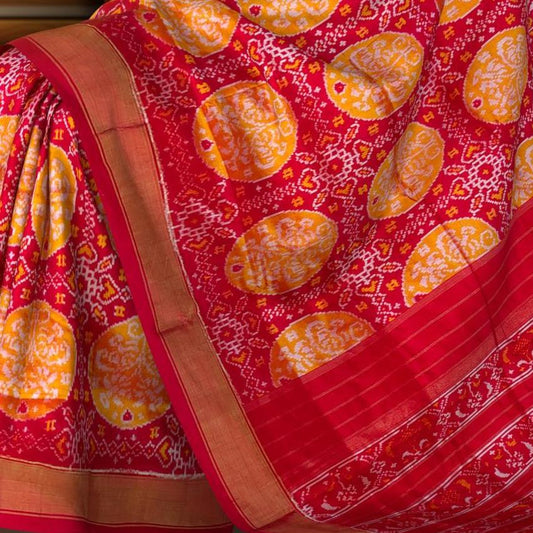
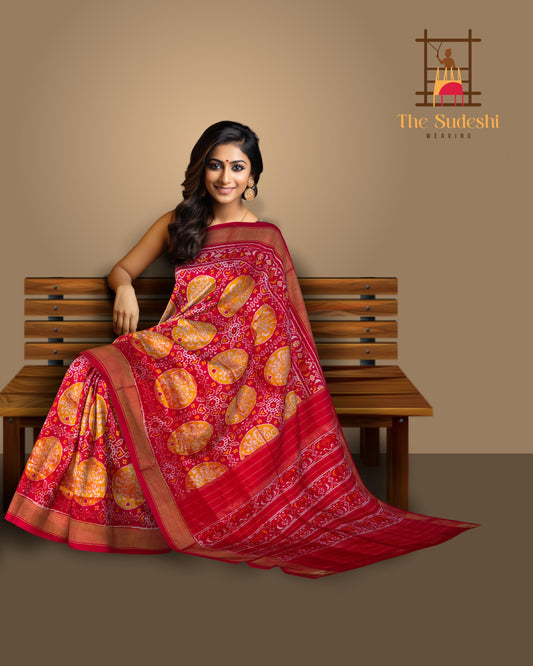
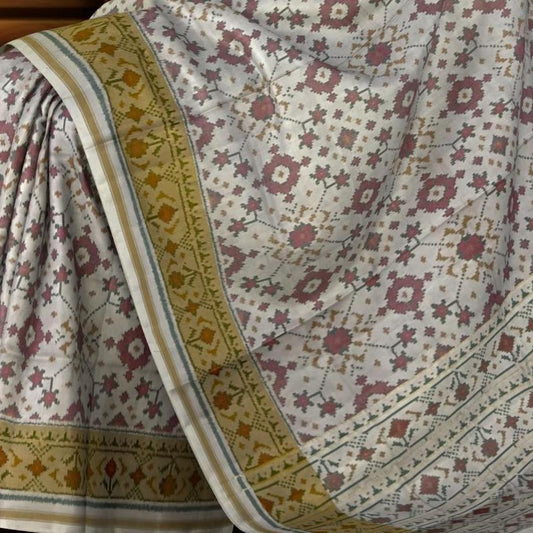
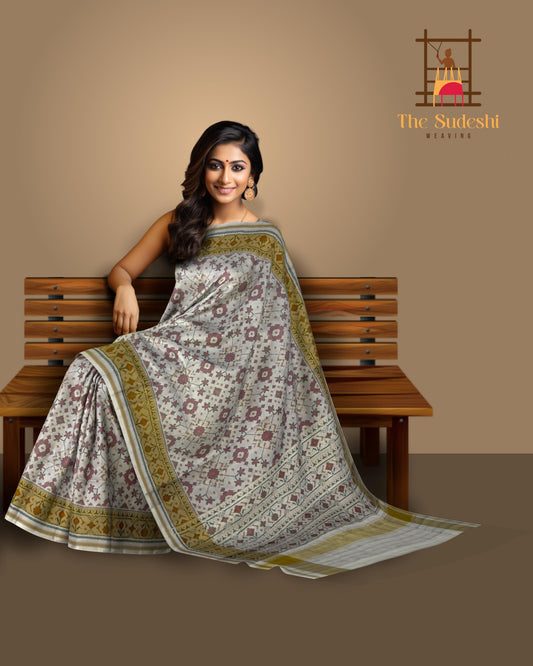
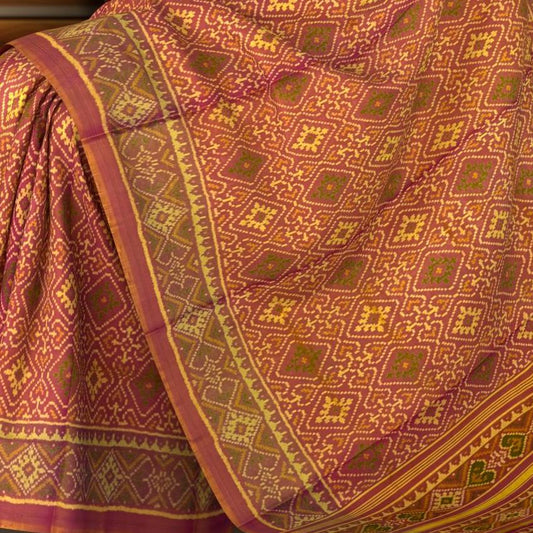
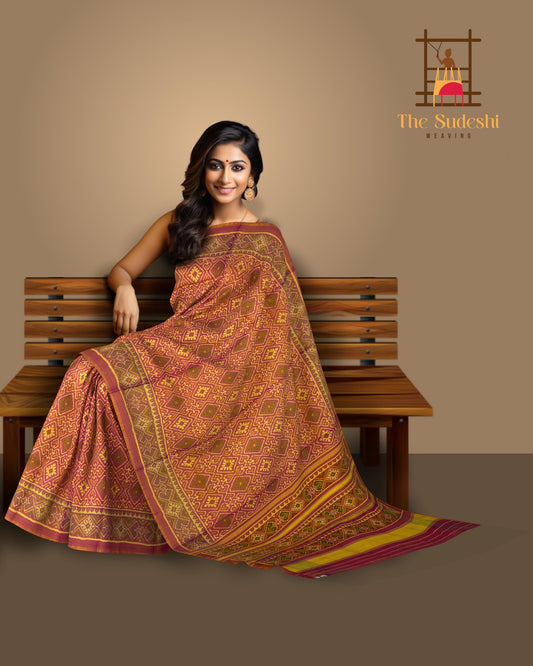
Leave a comment
Please note, comments need to be approved before they are published.